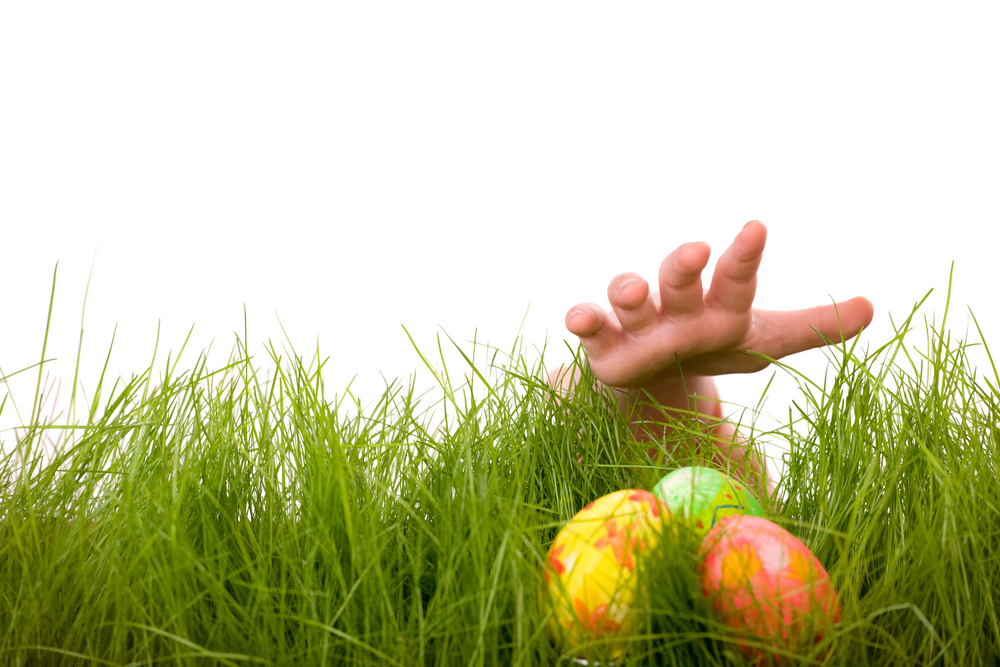Easter Eggs
N.E.T. Egg Explains the History of the Easter Egg Hunt
N.E.T. Egg Explains the History of the Easter Egg Hunt
The Easter egg hunt is a long-lived and well-loved tradition of searching for as many easter eggs as you can fit in your bag. Candy filled eggs, toy filled eggs, and the occasional surprise egg are just a few examples of what you’re in for if you decide to embark on this epic journey.
You may be wondering, where does this tradition come from? Well, that’s an egg-celent question! Follow us through an exploration of the history, tradition, and meaning of the Easter egg hunt.
Ancient Pagan Tradition
Easter dates back to the ancient pagans in Europe who believed the Spring Equinox symbolized the return of the sun god. The word “Easter” is derived from the pagan goddess of fertility “Eostre”. The hare, a symbol for the goddess of fertility and lovers in the springtime, eventually evolved into the long-loved tradition of the Easter Bunny.
Christian Tradition
Beginning in the 15th century, Christians adapted the pagan tradition by connecting the Easter egg hunt to the resurrection of Jesus. The traditionally red colored Easter eggs, which symbolized the blood of Christ, were hidden by men during the Protestant Reformation for the women and children to find. It is said that this search and find is a reminder of the joy the people, specifically the women of the bible, felt when they found the empty tomb of Jesus following his resurrection.
German Tradition
The Easter egg hunt has another likely beginning that stems from German tradition in the late 1600’s. They believed in an egg-laying hare named Oschter Haws who left his easter eggs behind for children to find. Children were tasked with creating baskets or nests to keep the eggs until it was time to eat them. This tradition closely resembles today’s Easter egg hunt and easter baskets at Easter time.
Victorian Tradition
The Victorian era played a major role in the shift to the family friendly Easter traditions that we practice today. During this period, the young 14-year-old heiress Princess Victoria had a fascination with the beautifully painted and many-colored eggs. Through the end of her reign, Queen Victoria and the royal family followed the tradition of painting hard boiled eggs and hiding them in the lawn at Windsor Castle for the children to find. During the 1950’s, the plastic egg made its first appearance in London, followed by the first chocolate Easter egg in 1973.
Today’s Easter Egg Hunts
Today’s Easter tradition comes from a long history of different cultures and ideas passed through time. The Easter egg hunt now involves plastic eggs filled with candy and toys, chocolate filled eggs and bunnies, and painted hard boiled eggs, all of which make for a day of family fun. Some of these traditions have even evolved into new traditions such as the annual White House Easter Egg Roll here in the United States which began in 1876.

